Week 1: Hearing and Listening
The Difference Between Hearing and Listening | Pauline Oliveros
- "The ear hears, the brain listens, the body senses vibrations."
- "Performance space is as important as voices and instruments."
- "Deep has to do with complexity, boundaries, or edges beyond ordinary or habitual understandings...deep listening for me is learning to expand perception of sounds to include the whole spacetime continuum of sound, encountering the vastness and complexities as much as possible."
- "Simultaneously, one ought to be able to target a sound, or sequence of sounds, perceiving the beginning, middle, and end of them as a focus. Such connection and focus means that one is connected to the whole of the environment and beyond."
Not long ago, a musician friend walked me through an exercise after I expressed to him a desire to learn more about "music". First, perhaps knowing that it was one of the common languages between us, he asked me to play my favorite anime opening themes, and articulate what I liked about them and where. Then, we'd listen a second time, replaying the sections I identified as he explained the musical decisions made and how they connected to what I'd described.
I think that might have been an exercise in "listening" – training my brain to interpret what I hear as sounds and feel as emotions into a set of agreed-upon signals, i.e., a language. And ever since, I've challenged myself to pay more attention to such cues as they relate to what I experience – the yearning caused by a sequence of notes repeated without resolution, or the relief, maybe interchangeable with ecstasy, when they finally meet at their origin.
But deep listening seems to ask something even more involved – that is, not just interpreting the relationship between soundwaves, but also how they interact with us as a result of the space where they are perceived. It almosts seems like a spiritual undertaking – what heightened state of mind do you have to be in to process so much information at once?
Though much like a spiritual journey, it might be flexible, taking on a different form per person. After all, if there is an infinity of ways we can experience a moment – which must be the case when we can arrange ourselves in an infinity of ways within a space, and when our individual backgrounds and physiologies create unique interactions with a sound – there's no measurement to be made, no rubric by which we can compare. The fullest extent that one person can sense will stretch along vectors unimaginable by another, and vice-versa.
So when Pauline Oliveros says that deep listening is "learning" to expand our perception of sounds "as much as possible", I believe it's given the premise that a "total" listening is impossible, and more importantly, not even the goal. I'd even consider it closer to a mindset, through which we might practice seeing ourselves as connected with our physical and cultural spaces – a refusal of the pressure we face towards narcissism and isolation.
The Case for Telematics

The notion of telematic theatre makes me wince, but upon closer examination of my repulsion, I realize that it’s due to a combination of my experience with and assumptions about telecommunications (belabored Zoom conference calls and awkward birthdays) and theatre (white neoliberals), rather than a genuine attempt at imagining what it could be.



